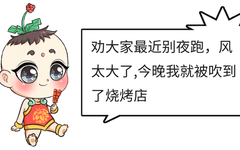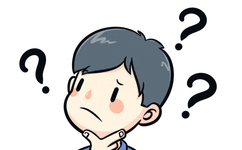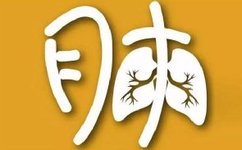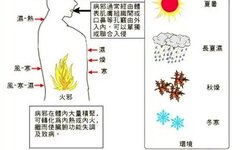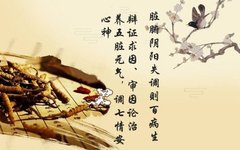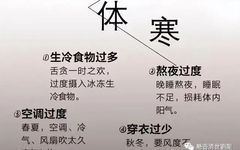Understanding the Differences Between Wind-Cold and Wind-Heat Colds
Hoo~ Hoo~ Hoo~ These past few days, the wind outside has been howling. Besides disturbing our sweet dreams, it also serves as a reminder— It’s getting cooler! Not only has it prompted everyone to switch to “chaotic dressing” mode, but the howling north wind has also brought along a “cold” package! However, even though it’s … Read more

